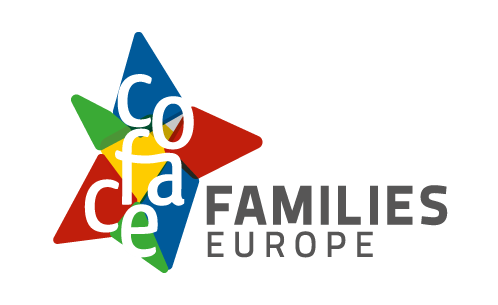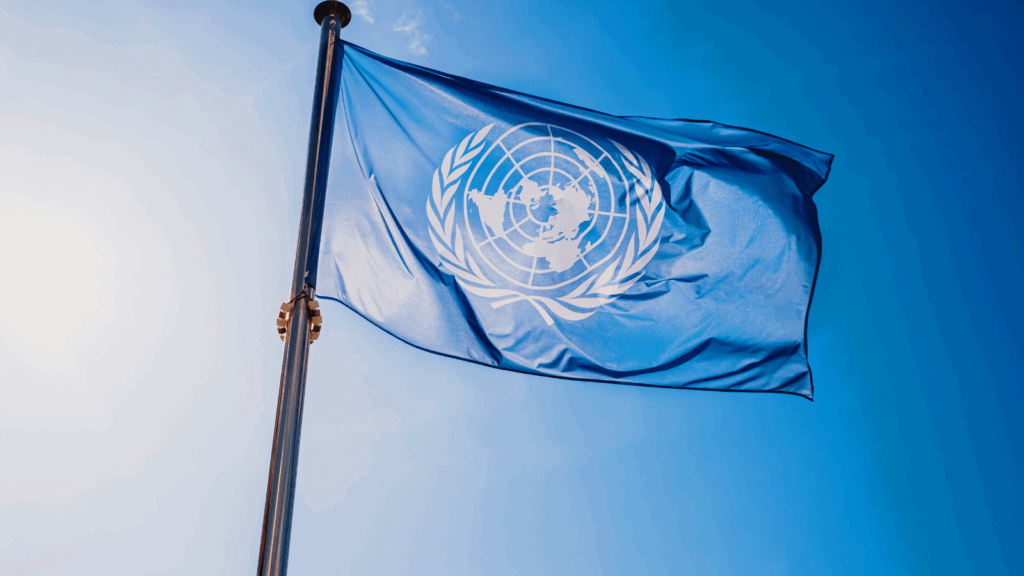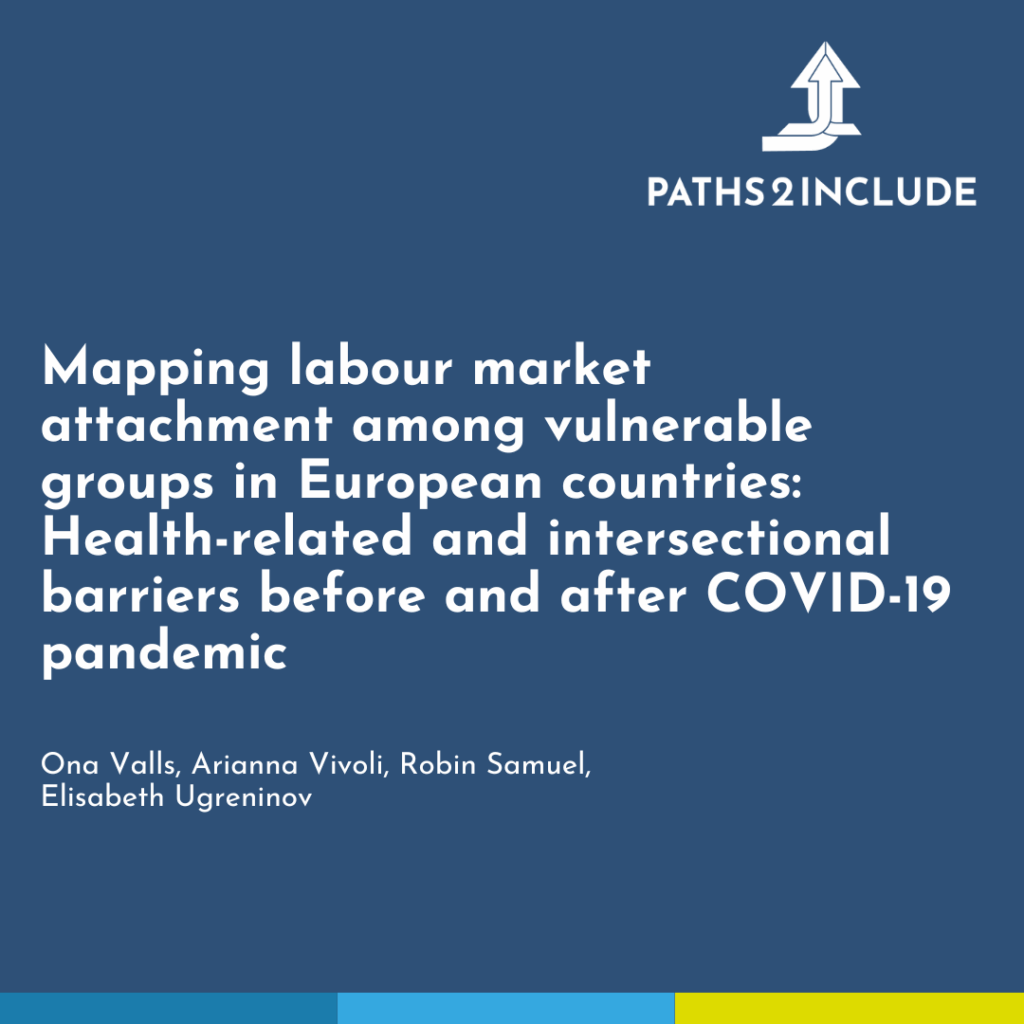While I’m writing this article, more than one million children and adults are compelled to live in large residential settings, isolated from the rest of society. There, they lack control over the simplest things in life, such as the food they eat, the clothes they wear and the activities they do. Their individual needs are secondary to the needs of the organisation providing the service.
These persons live in what is called an institution. And the fact they live there represents a violation of their human rights.
During the 5 years I have lived and worked in Brussels, part of my work was about making institutions a thing of the past and community-based services reality. This process is called deinstitutionalisation (DI), a difficult word for a complex concept, but one that I believe should be in the foreground of the EU’s work, as it gives voice and dignity to those who traditionally were not entitled to choose for themselves.
I see DI as a consequence of the philosophical and ethical revolution which started with the signature of the 1948 Universal Declaration of Human Rights, affirming that all humans are equal in dignity, while different in many other characteristics. When you take equality as a lens, it gets easier to see how the traditional way of delivering care is fundamentally disrespectful of this principle and harmful towards the dignity of the people that are the supposed beneficiary.
Traditionally, institutions existed to protect the weakest persons in society including ‘the orphan, the disabled, the mad and the poor’. Residents were seen as the object of charity, rather than rights holders and food, care and shelter was given to them as something to be grateful for, where the alternative was abandonment and death.
The sociologist Ervin Goffman was one of the first addressing insitutionalisation. In 1961, after a few months of work in a large mental health care home, he wrote Asylums. In there, he described ‘total institutions’ as settings characterised by a large number of patients and separation from wider society by distance, laws and protections. The life of patients happened behind walls and was subject to strict norms, rules, and schedules. Goffman observed that this model was similar to those of prisons and lead to depersonalisation. Goffman described extensively how inmates underwent a mortification of self, through physical and social abuse, which then lead to the loss of their usual identity for a uniform, and stigmatised, one.
In the decades after, a debate started about the best way to deliver care, leading to innovation in the sector. Scientific research confirmed the harmful consequences of institutionalisation: psychology defines institutional syndrome as a condition leading to deficits in social and life skills, including risks of psychosis. Children growing up in institutions have higher risks of behavioural and communication problems, and may develop symptoms of autistic behaviour, as shown by the moving 2007 documentary “Bulgaria abandoned children”.
In 2010 the EU ratified the UN Convention of the Rights of Persons with Disabilities and committed to move away from the institutional model, which was the predominant one in the Eastern part of Europe. Vladimír Špidla, former Commissioner for Employment, Social Affairs and Equal Opportunities gave a strong impulse to the EU action: “is this indeed the best possible model which advanced European societies can offer to these people in the 21st century? I am convinced that in an age when non-material aspects such as human dignity, autonomy and inclusion in the community are increasingly recognised as being of paramount importance, European societies should aim for more humane, person-centred, individualised models of care.”
Since then, policy reforms positively impacted the lives of many people, but the process is complex and there are many barriers to the transition away from institutions. When national administrations are not committed to DI, this can result in insufficient national guidance and funding. Families might lack information and be scared about losing the support they are receiving. Service providers might reproduce the institutional model of care, see DI as an excuse to cut funding, and resist cross-sector cooperation. Inaccessible general services and lack of specialised support in the community are also huge obstacles.
In my view, to be successful, DI needs a shift in culture towards an approach having equality, full inclusion and participation as both objectives and working methods. This must be clearly communicated and reflected in the education path, curricula and training and working methodologies for the staff of the health and care sector. It requires drafting national deinstitutionalisation strategies, including closing down existing institutionalised settings and stopping new admissions to them. It means creating a range of different services, including personal assistance, available for all persons with disabilities, giving them the choice of the most suitable personalised support. It means making the services for everyone accessible also to persons with disabilities.
DI is also about having a holistic approach, looking also at family poverty, which represents the fundamental reason why children are taken into institutional care. Achieving DI is about addressing living conditions of parents and carers through different measures including income support, quality employment, work-life balance, affordable and inclusive education and care services, giving extra support to the parents of children with disabilities, preventing their social and economic exclusion. It means mixing universal and targeted actions, as advised by the 2013 Recommendation for Investing in Children.
Framing DI as a matter of equality, might increase the awareness and the commitment of society and increase the success of this transition to community-based support and care. I invite you all to think about this, to get informed, to start the discussion and break down the silence about this fundamental issue.
________________________________________________________________________________________
**DISCLAIMER: All opinions in this article reflect the views of the author, not of COFACE Families Europe**
About the author:
Irene Bertana holds a Master’s Degree in International Relations and Human Rights from the University of Turin (Italy). She has been active in civil society organisations promoting intercultural communication, anti-discrimination, social inclusion, asylum and disability. She is advocacy and policy officer at COFACE Families Europe covering the fields of disability, social inclusion and migration.





